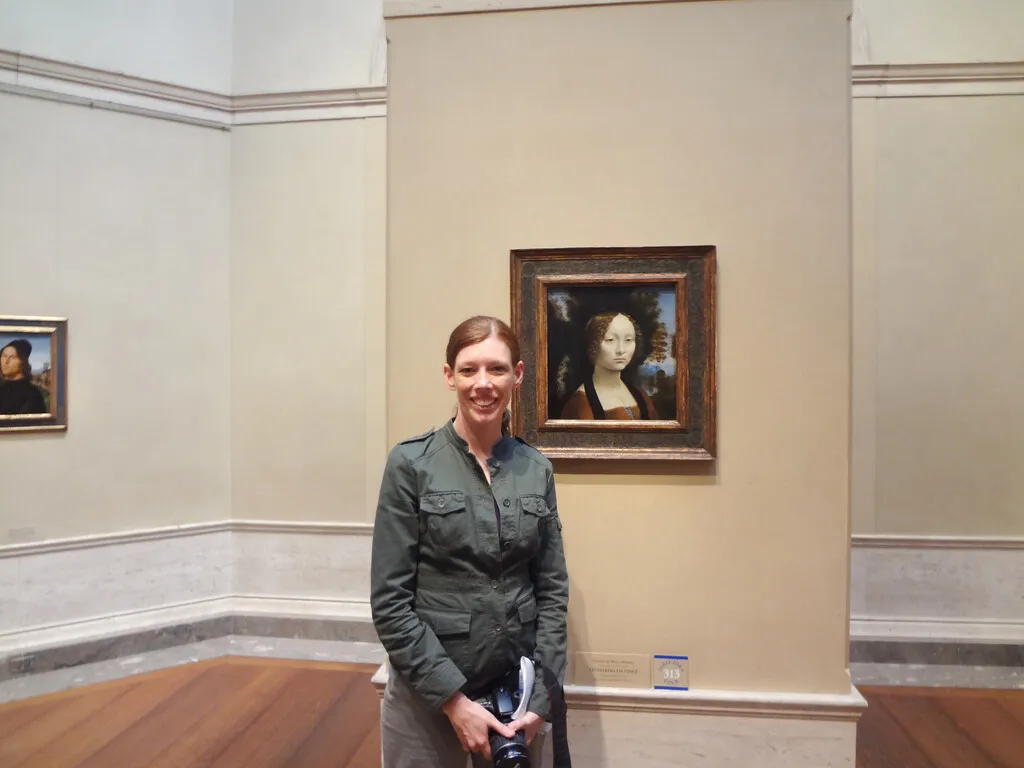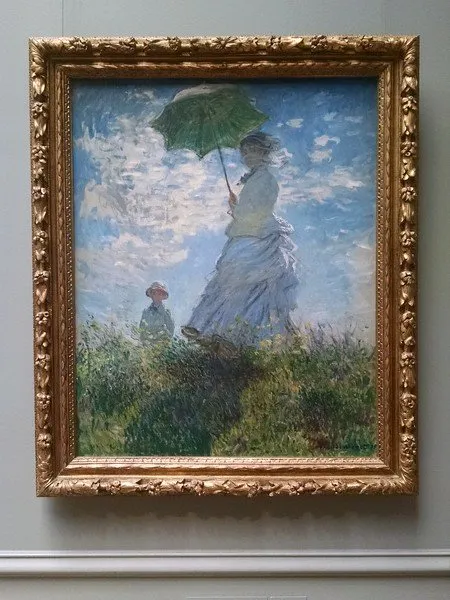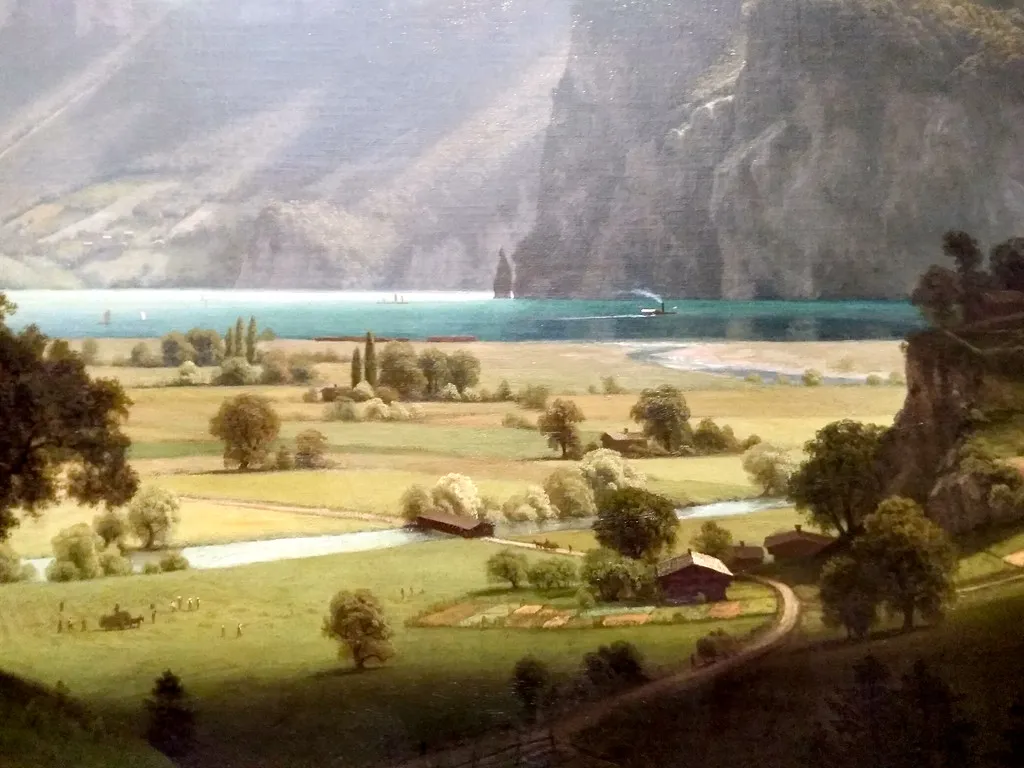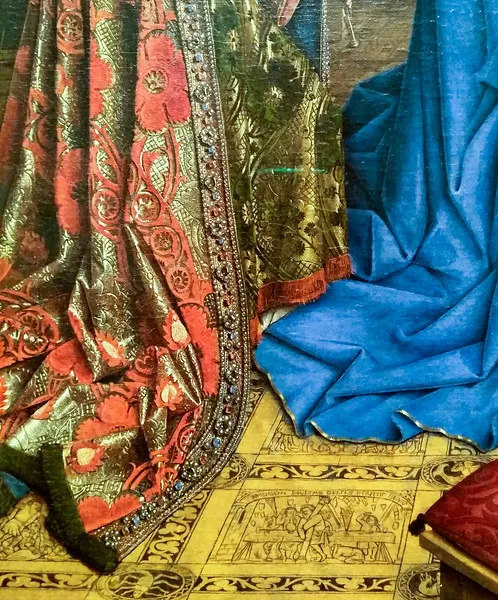Hello! It is time for another Art Talk tour!
For the my Art Talk series this year I have been putting National Gallery of Art tours I gave while living in DC into blog form.
The Highlight Tour was first given in 2006. I took two paintings from each of the tours I had given in previous years. I will do the same for this highlights tour and highlight two paintings from tours I gave in previous months during 2020.
Let's start with one of my favorite times in art history- The Italian Renaissance
The Adoration of the Shepherds

Giorgione
The Adoration of the Shepherds, 1505/1510
When I think of Italian Renaissance I think of Florence and Leonardo Da Vinci, Michelangelo and Raphael. While these artists are undoubtedly masters and Florence a mecca of Italian Renaissance. We should not forget the Venetians and what they brought to the world of art.
Giorgione is from Venice, Italy. It is thought that he died in 1510 the same year as this painting during a plague epidemic around the age of 32. He lived the same time as Leonardo Da Vinci, Michelangelo and Raphael. Titan was one of his pupils.
Luke 2:15-16
And it came to pass, as the angels were gone away from them into heaven, the shepherds said one to another let us now go even unto Bethlehem, and see this thing which is come to pass, which the Lord hath made know unto us. And they came with haste, and found Mary and Joseph and the babe lying in a manger”.
In this beautiful painting Mary and Joseph are adoring Christ child along with the shepherds. This is a painting of many contrasts- the dark of the cave vs the light of the landscape scene, the regal robes of Mary and Joseph vs the tattered garments of the shepherds. One of my favorite parts of this painting is the beautiful details of the cloth.
Ginevra de Benci

Leonardo Da Vinci
Ginevra de Benci, 1474


Ginevra was the daughter of a wealthy Florentine banker and this painting was probably commissioned about the time of her marriage at 16 years old. In looking closely you can see learn a lot about her in the symbols that Leonardo masterfully painted.
The juniper tree symbolizes chastity
Her high hair line for her beauty
Blue bare thread indicating her thriftiness
The other great thing is that the painting has a reverse side. In the gallery you can see both sides. This is a emblematic portrait of Ginevra. The Latin says "Beauty Adorn Virtue". The juniper symbolized her name, the laurel and palm symbolize her intellectual and moral virtue.
For more see the March post: Art Talk: NGA Italian Renaissance Tour

Now we will work our way to the French Impressionist section of the gallery.
Again, I will highlight an artist whose name is not synonymous with French Impressionism and yet she showed in 7 of the 8 Impressionist shows and the only one she missed is the year she gave birth to her daughter.
The Mother and Sister of the Artist

Berthe Morisot
The Mother and Sister of the Artist, 1869-1870
Berthe was born in 1842 into a wealthy family and had drawing lessons with her sister, who is shown in this painting. She painted portraits, landscapes and domestic scenes. She married Edward Manet's brother. One of the reasons I like this painting so much is the story that is told as she was getting ready to send it to the Salon.
Morisot solicited Manet’s advice, and on the last day for submissions he visited the Morisot home. Morisot’s correspondence reveals that, rather than offer verbal suggestions, Manet extensively repainted the figure of the artist’s mother. Manet’s suave shorthand, seen in the mother’s features and black dress, differ obviously from the nervous refinement of Morisot’s touch in her sister features, the floral upholstery and reflections in the mirror. Morisot told her mother that she would rather be at the bottom of the sea then for this picture to appear at the Salon.
This painting was shown at the Salon in 1870 and at the first Impressionist show in 1874.
Woman with A Parasol- Madame Monet and Her Son


Claude Monet
Woman with A Parasol- Madame Monet and Her Son, 1875
Claude Monet was the leader of the Impressionist movement and showed at all their shows. He created about 2,500 works of art including oil, pastels and drawings. He was influenced by photography and Japanese art.
in the painting is Camille Doncieux Monet (28) and her son Jean Monet (8). Camille started modeling for Claude Monet in 1865, when she was 18 years old. She gave birth to Jean in 1867 and was Monet's mistress until they married in 1870.
This beautiful painting was shown at the Second Impressionist Exhibition in 1876 and has all the qualities of an impressionist painting; visible brush strokes, distinct colors, painted outdoors, ordinary subject matter, emphasis on natural light and inclusion of movement.
For more see the April post: Art Talk: NGA French Impressionism Tour
January 2019 Art Talk: Woman with a Parasol- Madame Monet and Her Son

Autumn-On the Hudson River

Autumn-On the Hudson River
Jasper Francis Cropsey, 1860


Jasper Cropsey was born in New York and he was one of the first generation artist of the Hudson River school which worked to paint "realistic, detailed, and sometimes idealized portrayal of nature.
This incredible painting was done from his memory in his studio in London. It created such a sensation that he had leaves sent over to display with the painting.
In looking closer you can see a small log cabin, grazing sheep, children playing on a bridge, cows standing in the water, and three hunters and their dogs gazing into the sunlight (pictured above).
Lake Lucerne

Lake Lucerne
Albert Bierstadt, 1858
Below is Lake Lucerne close up, far away and with my mom when she came to visit me in 2005. Albert Bierstadt is her favorite artist. And for that reason I also have an affinity for him.
 |  |  |
|---|
Bierstadt was only two years old when his family immigrated to America from Germany. At the age of 23 he returned to Germany to study at the Dusseldorf Academy. He began his career as a painter of European paintings and is best known for his panoramic views of the Rocky Mountains in America.
In 1856 he spent some time in Switzerland and painted Lake Lucerne which was the most important painting of his early career. Like Copsey's painting Bierstadt's painting has many vignettes-- a harvest scene near the center, a religious procession at the right, and a gypsy camp at the left.
For more see the May post: Art Talk: NGA Hudson River School Tour

Andrew Mellon (1855-1937) was a successful banker and industrialist and politician (US Ambassador to the United Kingdom and US Secretary of the Treasury). He was also a predominate art collector. He began collecting art in the 1890s and his most spectacular purchase happened in 1930-1931 when he acquired 21 paintings from the Hermitage in Saint Petersburg, Russia today I will talk about two of them.
One of my favorite paintings in the gallery is The Annunciation by Jan van Eyck.

Jan van Eyck
The Annunciation, 1434

Jan van Eyck
Close up The Annunciation, 1434
Jan van Eyck is one of the most talented painters I have ever seen. The level of detail is astounding. I go see this painting again and again when I go to the gallery. Above, in the close up you can see the red cloth on the stool, the floor that has scenes from the Old Testament. The colors and textures of the cloth of the angel along with the beds are incredible.
van Eyck is able to paint different textures, colors in minute detail to make a magnificent whole! Oh and there is a whole lot of symbolism too.
The Alba Madonna

Raphael
The Alba Madonna, 1510
The Alba Madona was sold to Andrew Mellon by the Soviet Government in 1931 for $1,166,400, the largest sum ever paid for a painting until that time.
This tonto (round) painting is of Mary, Jesus and Jesus's cousin John the Baptist in the field. Instead of sitting on a traditional throne Mary is seated on a rock in a field. All three subjects are looking at the cross in Christ's hand as it points to his life and Mission.
In addition to coming from the Hermitage in 1937 this painting has a very interesting provenance or record of ownership.
Provenance of The Alba Madonna
For more see the June post: Art Talk: NGA Andrew Mellon and the Hermitage Tour

Rubens Peale with a Geranium

Rembrandt Peale
Rubens Peale with a Geranium, 1801
Rembrandt was born in Philly, Pennsylvania in 1778 two years after the signing of the Declaration of Independence which was in the same city. He was the 2nd son of Charles Wilson Peale who was also a famous portrait painter. Rubens painted both George Washington and Thomas Jefferson.
In this beautiful painting we see how Rembrandt tenderly paints his brother Rubens (most of the siblings had names of famous artists). Here we see Rubens at the age of 17 years old with his geranium which is "reputed to be the first specimen of this exotic plant ever grown in the new world." It is a beautiful double portrait.
According to StakeExchange
A portrait: Captures the personality or essence of a subject. Not just a picture with a person in it. A "clinical" portrait might not attempt to reveal the soul of a person, but it still needs to capture something of that person's uniqueness — or else it's not a portrait.
Self Portrait

Rembrandt van Rijn
Self Portrait, 1659
Let's end our tour with a self portrait of one of the most greatest artists, Rembrandt.
He was born in 1606 in Leiden, which is now the Netherlands
His full name is Rembrandt Harmenszoon van Rijn
He was the youngest of at least 10 children
He took his first students at the age of 22
He never went abroad
He did a lot of self portraits, about 40 paintings and 31 etchings
With his first wife, Saskia, they had four children only one, Titus, lived to adulthood. With Hendrickje, he had another child, Cornelia.
He was a great etcher and had his own printing press
He was an avid art collector and dealer
He died a poor man in a unknown or rented grave
For more see the July post: Art Talk: NGA Portrait Tour
How did you like this highlights tour? What pieces from the tours would you have chosen for this tour?

Art Talk Series Highlights
2020
Art Talk: Recycled Plastic Art Movement
Art Talk: Gates of Paradise
March- Italian Renaissance
Art Talk: NGA Italian Renaissance Tour
Art Talk: Raphael
Art Talk: Venus
Art Talk: Egg Tempera
Art Talk: Guest Blogger, @laurabellamy
April- French Impressionism
Art Talk: NGA French Impressionism Tour
Art Talk: Fredric Bazille
Art Talk: The Mother and Sister of the Artist
Art Talk: En plein air
May- Hudson River School
Art Talk: NGA Hudson River School Tour
Art Talk: Albert Bierstadt
Art Talk: The Voyage of Life
Art Talk: Romanticism & Nature & Hudson River School
June-Andrew Mellon and the Hermitage
Art Talk: NGA Andrew Mellon and the Hermitage Tour
Art Talk: Rembrandt
Art Talk: The Annunciation
Art Talk: Provenance
July-Portraiture
Art Talk: NGA Portrait Tour
Art Talk: Rembrandt Peale
Art Talk: Portrait of My Grandmother
2018
Art Talk: Introduction
Art Talk: Emotion in Bronze
Art Talk: Moore Across America
Art Talk: Bronze
Art Talk: Moore in America
Art Talk: King and Queen
Art Talk: Art Tells Our Story
Art Talk: Highlight Tour of the MET
Art Talk: The Burghers of Calais
Art Talk: Auguste Rodin
Art Talk: Art in Paris in the 1870s
Art Talk: Guest Blogger, Frankie O'Neill
Art Talk: "Felt is a happy fabric."
Art Talk: Murals in Klamath Falls
Art Talk: Woman with a Parasol- Madame Monet and Her Son
Art Talk: Respect and Compassion
2019
Art Talk: Art Connects Us
Art Talk: My mother's crystal
Art Talk: Mother and Child
Art Talk: Tour of the Galleria dell' Accademia
Art Talk: Walking tour of Florence, Italy
Art Talk: Chihuly at the Oklahoma City Museum of Art
Art Talk: Vatican tour highlights
Art Talk: Ceilings in the Vatican
Art Talk: Chihuly at Kew Gardens
Art Talk: MET Highlight tour
Art Talk: Japan at the MET
Art Talk: Up Close with French art at the National Gallery of Art in DC
Art Talk: Kelpies
Art Talk: Buying from local artists
Art Talk: Guest Blogger, Joia Doiron
Haveyoubeenhere 2019 Steemitworldmap travel contest- Four Wonderful Museums